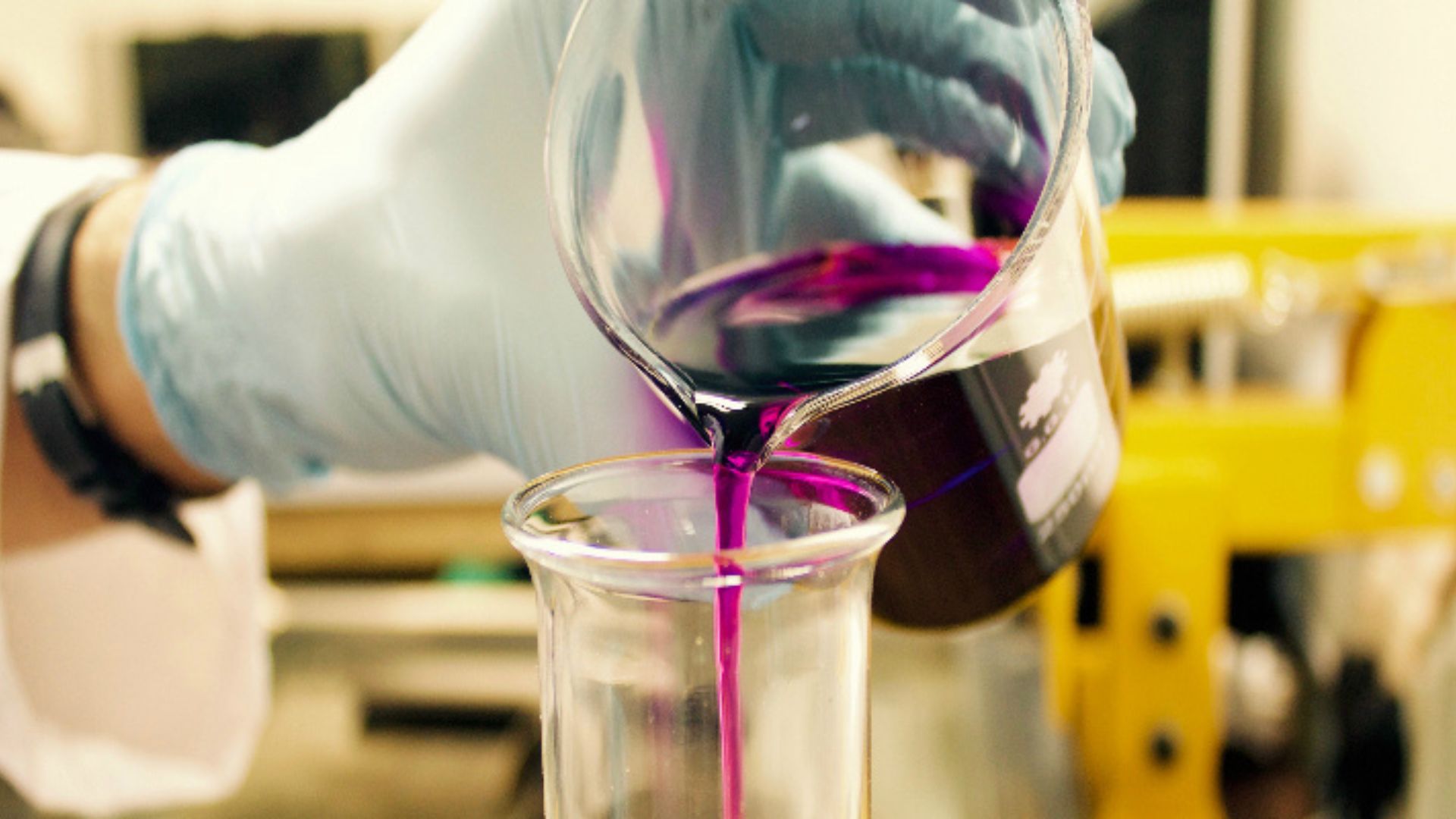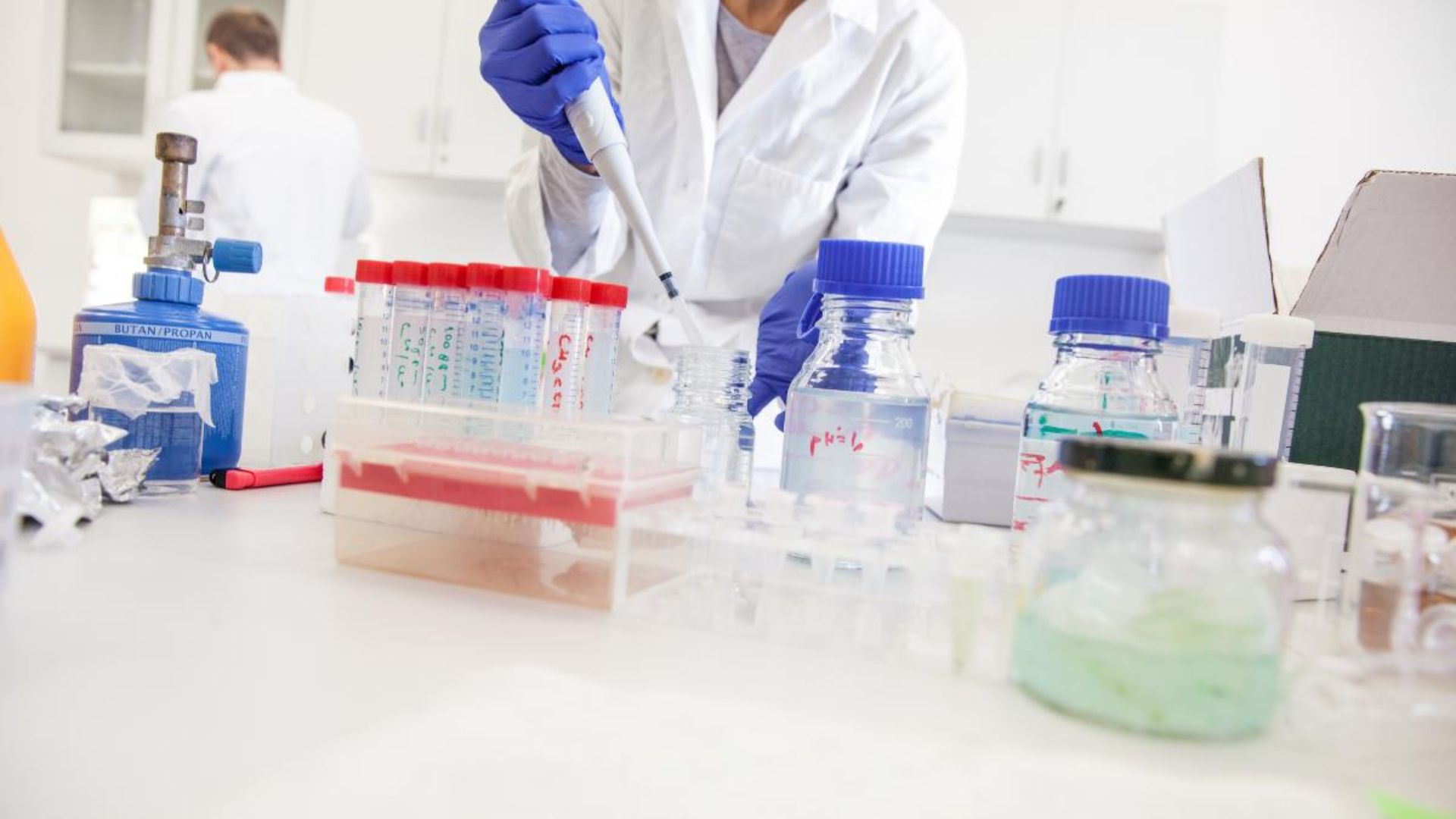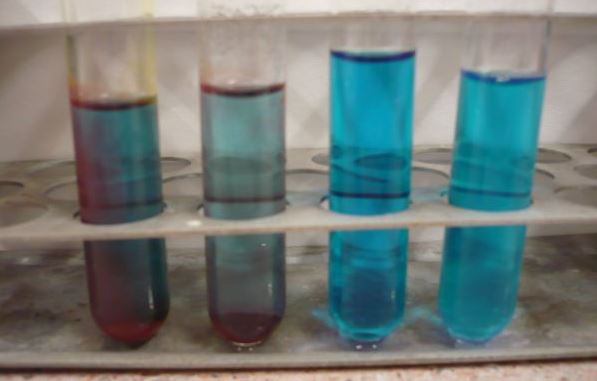Safety protocols for laboratories are essential to ensure a safe working environment and prevent accidents. Laboratories often handle hazardous chemicals, so it’s crucial to follow established safety protocols. Here’s a detailed guide on how to implement and adhere to these protocols effectively.
1. Understand the Chemical Properties
The first step in safety protocols for laboratories is to thoroughly understand the chemicals you’re working with. Review their Safety Data Sheets (SDS) for information on hazards, handling instructions, and emergency procedures. Knowing the chemical properties helps in making informed decisions about their use and storage.

Top Chemical Safety Protocols for Laboratories
2. Wear Personal Protective Equipment (PPE)
Personal protective equipment is a cornerstone of laboratory safety. Always wear appropriate PPE such as gloves, lab coats, safety goggles, and face shields. Ensure that the PPE is suitable for the chemicals you are handling. Regularly inspect and replace damaged equipment to maintain its effectiveness.
3. Use Fume Hoods Properly
Fume hoods are crucial for protecting you from inhaling hazardous vapours and fumes. Always use the fume hood when working with volatile or toxic substances. Make sure the fume hood is properly maintained and that its sash is positioned correctly to ensure effective airflow and protection.
4. Implement Proper Chemical Storage
Proper chemical storage is vital in preventing accidents. Store chemicals according to their compatibility and hazard classification. Use labelled, secure containers and keep them in designated areas. Ensure that flammable and reactive chemicals are stored away from sources of heat and incompatible substances.
5. Maintain a Clean and Organized Lab
A clean and organized lab minimizes the risk of accidents. Keep work surfaces uncluttered and promptly clean up spills. Dispose of waste according to proper procedures and ensure that all chemicals and equipment are stored in their correct locations.
6. Follow Proper Disposal Procedures
Dispose of chemicals according to established protocols to prevent environmental contamination and personal harm. Follow local regulations and guidelines for the disposal of hazardous materials. Ensure that all waste is correctly labeled and stored until it can be safely disposed of.
7. Conduct Regular Safety Training
Regular safety training is essential for maintaining awareness of safety protocols for laboratories. Conduct training sessions to ensure that all laboratory personnel are familiar with safety procedures, emergency protocols, and proper use of equipment. Update training materials as regulations and procedures change.
8. Implement Emergency Procedures
Have clear emergency procedures in place for dealing with accidents, spills, and exposures. Ensure that all lab personnel know the location of emergency equipment such as eyewash stations, safety showers, and fire extinguishers. Regularly review and practice emergency drills to ensure preparedness.
9. Use Proper Labeling Systems
Effective labeling is critical for safety. Clearly label all chemicals with their name, hazard information, and handling instructions. Use standard labelling formats to ensure consistency and easy identification of chemicals. Regularly check labels for accuracy and legibility.
10. Maintain Equipment Regularly
Regular maintenance of laboratory equipment ensures its safe and efficient operation. Schedule routine inspections and servicing for equipment such as fume hoods, safety showers, and fire extinguishers. Promptly repair or replace any malfunctioning equipment to avoid safety hazards.
11. Implement Access Controls
Control access to the laboratory to prevent unauthorized or untrained personnel from entering. Use access controls such as keycards or sign-in systems to monitor who is in the lab. Restrict access to areas where hazardous chemicals are used or stored.
12. Monitor Laboratory Environment
Regularly monitor the laboratory environment for factors that can affect safety, such as ventilation, temperature, and humidity. Ensure that the lab meets all environmental safety standards and that any deviations are addressed promptly.
13. Ensure Proper Ventilation
Good ventilation is essential for maintaining a safe laboratory environment. Ensure that the lab has adequate ventilation systems, including fume hoods and exhaust fans. Regularly check and maintain these systems to ensure they are functioning correctly.
14. Use Standard Operating Procedures (SOPs)
Develop and follow Standard Operating Procedures (SOPs) for all laboratory processes. SOPs provide detailed instructions for handling chemicals, operating equipment, and conducting experiments safely. Regularly review and update SOPs to reflect current best practices and regulations.
15. Report and Investigate Incidents
Promptly report any accidents, spills, or safety incidents. Investigate the cause of the incident to prevent recurrence and implement corrective measures. Keep detailed records of incidents and the actions taken to address them.
Conclusion
Implementing effective safety protocols for laboratories is crucial for ensuring a safe working environment. By understanding chemical properties, using personal protective equipment, maintaining proper storage and disposal practices, and conducting regular training, you can minimize risks and promote safety in the lab. Regular reviews and updates of safety protocols further enhance laboratory safety and efficiency.




